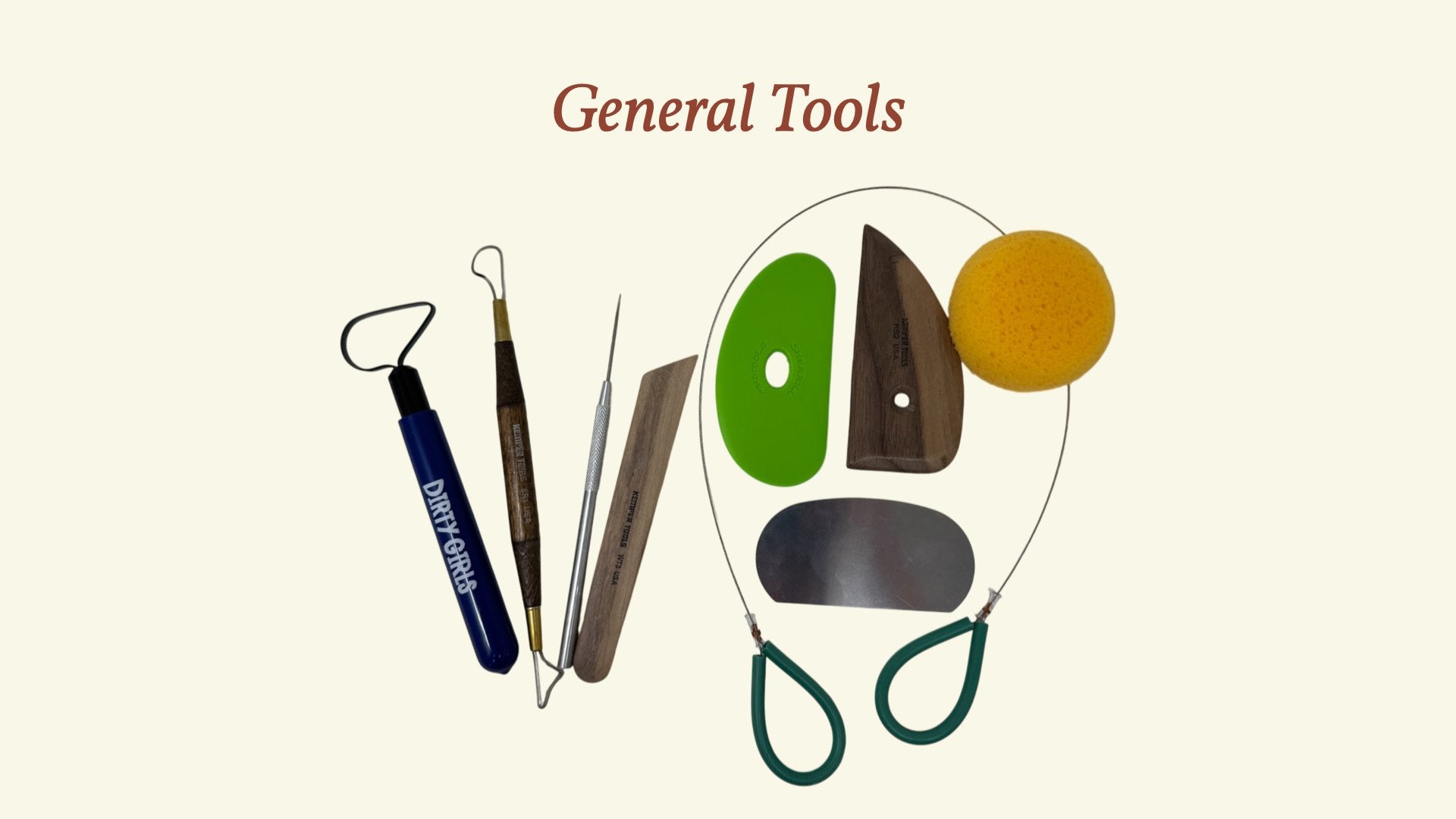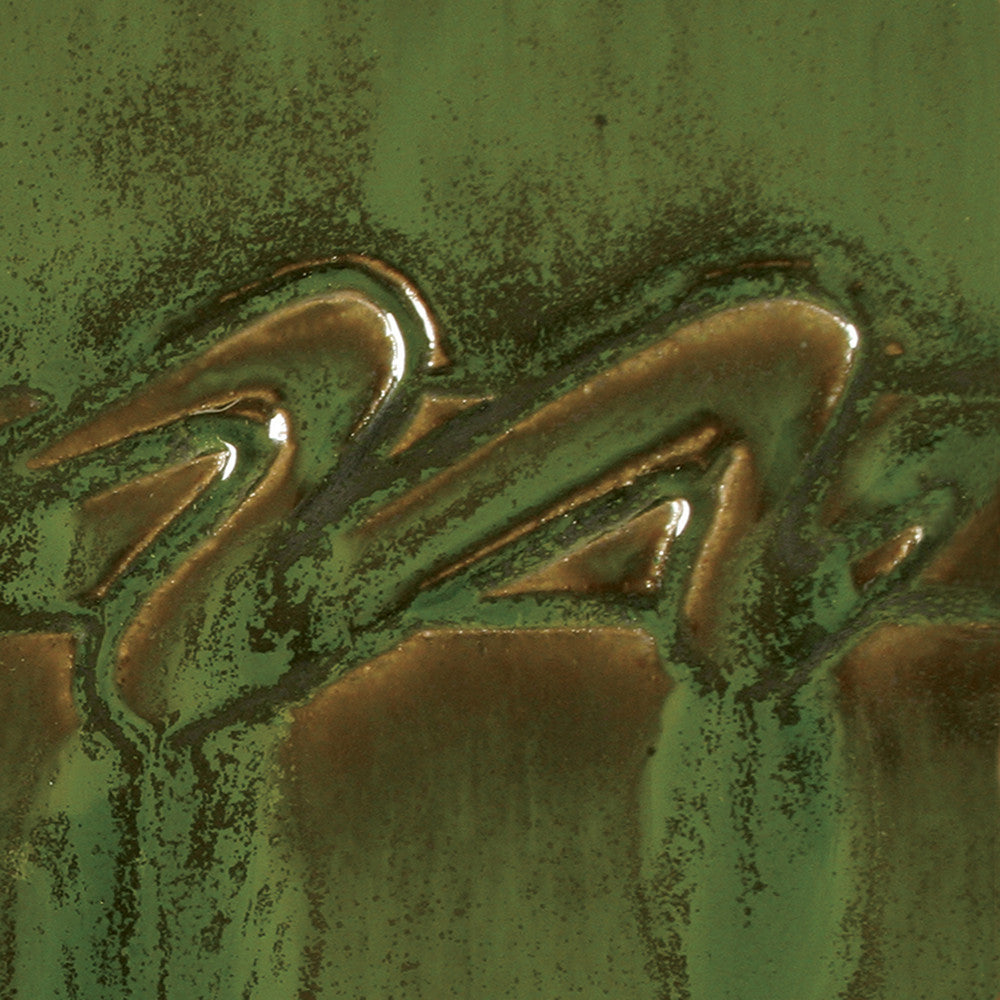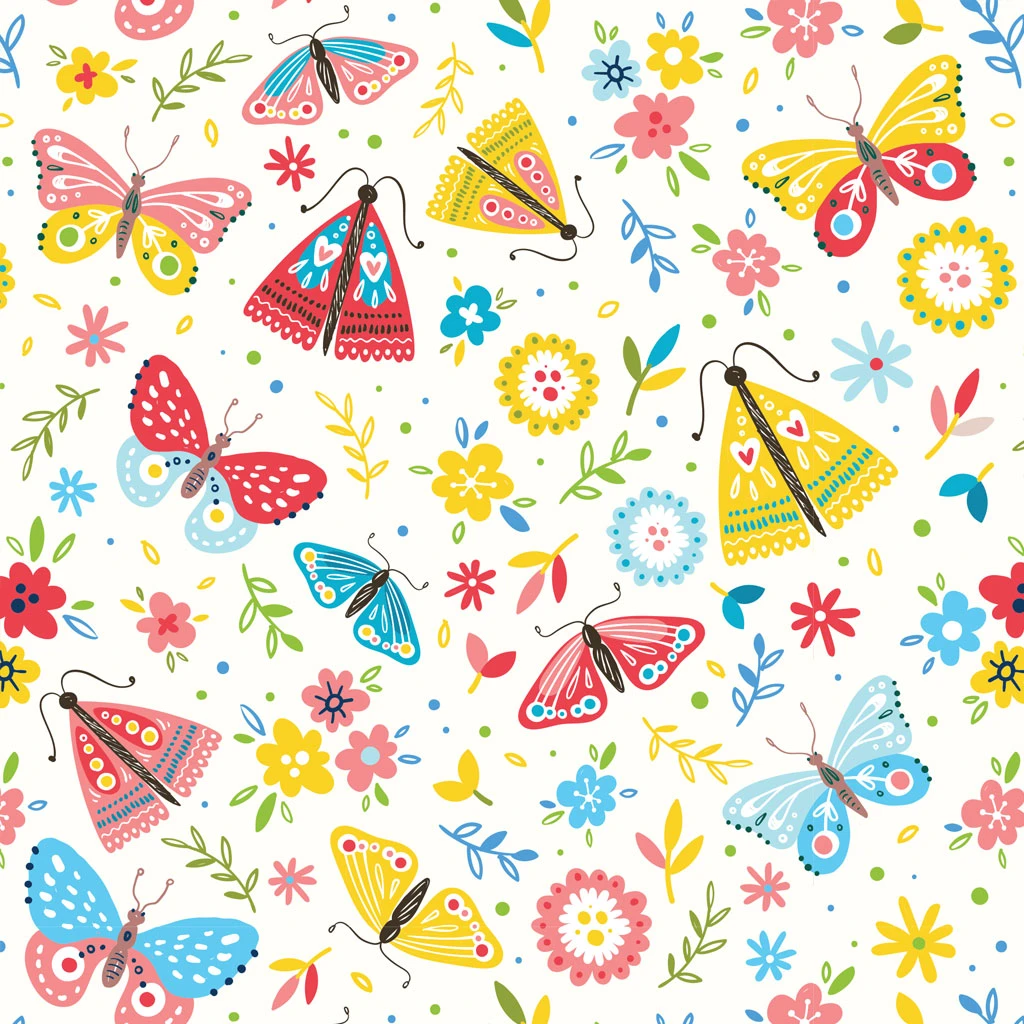





I believe clay functions as a powerful bridge between cultures and times, allowing for deep material
understanding that transcends linguistic, geographic, and ideological barriers. Through clay, we can
acknowledge difference, hold tension, and imagine continuity. At its core, my work investigates
paradox—permanence and impermanence, reverence and irreverence, control and surrender, origin and
finality.
My first experience with clay did not happen in a studio or under the guidance of an artist. It happened at
the edge of a lake, where I spent summers with my grandparents. As a child of five or eight, I discovered
clay by accident—beneath the surface of the water, soft and sticky between my toes. While other kids
swam and dove from the dock, I gravitated to the margins, digging in the cattails. I shaped crude vessels
by hand and set them to dry on the dock stairs. They hardened in the sun. By day's end, I placed them
back in the water, watching them dissolve into the very matter from which they had come. That cycle—of
creation, transformation, dissolution—has remained at the core of my relationship with the material. Even
then, I understood that clay held meaning beyond its form. It was an invitation to imagine, to participate,
to return.
I believe that the most fundamental human questions—those of origin and finality—are ultimately
unanswerable. Yet this pursuit of understanding remains central to every aspect of our lives. It animates
our histories, our sciences, our spiritual traditions, and our creative endeavors. With every discovery, new
questions arise; with every insight, the mystery deepens. I do not aim to resolve these mysteries through
art. Rather, my practice is a way of inhabiting the questions—of making them tangible. Clay, as a
material, makes space for this kind of philosophical investigation. It is inherently paradoxical: ancient and
modern, permanent and ephemeral, humble and sublime. In my studio, it becomes a medium through
which I explore not only form, but also inquiry itself.
Ceramic materials are born from the slow work of geologic time—clay is decomposed rock, weathered
over millennia. When we shape it, we collaborate with deep history. When we fire it, we arrest its change,
halting entropy just long enough to create something durable, something that might survive. The vessel,
the slab, the shard—these forms appear across cultures and epochs. In my work, I use them not only as
physical structures, but as conceptual tools. They are points of departure and return. I build with intention
and improvisation, allowing the material to assert itself as I guide and provoke it toward collapse or
stillness.
The surfaces and structures of my sculptures often reference landscape. By “landscape,” I mean not only
the visible geography of place, but also the internal topographies of emotion, memory, and time.
Landscapes suggest scale, complexity, the ungraspable. In my work, this appears through cracked or
ruptured edges, arches that open and close, valleys and ridges, voids and subtle planes of color marked by
fire. The metaphor of the landscape also allows for the coexistence of clarity and obscurity—one can
orient and be disoriented at the same time. This is central to my conceptual approach.
A recurring element in my work is the use of a hard-edged red line. Like a surveyor’s mark or a
geographer’s notation, the red line functions as a gesture of mapping. It connects, directs, and disrupts. It
often stops short of the horizon or edge, denying the illusion of infinite continuation. It becomes a
moment of pause—a visual assertion of choice within an otherwise intuitive and materially driven
process.
My current research focuses on the intersections of ceramic history and contemporary practice. I draw
from a wide lineage of ceramic traditions—from the amphoras of ancient Greece and the tea bowls of
Japanese masters, to the painted porcelain of the Chinese Ming dynasty and the black-on-white vessels of
the Ancestral Puebloan potters. These references are not direct citations, but echoes. I am interested in
how these historical forms contain knowledge, how they embody labor and touch, and how they persist
through time. My engagement with historical ceramics is not nostalgic; it is connective. By referencing
these objects and processes, I situate my work within a continuum of makers—across centuries, across
continents.
At the same time, I incorporate digital tools and new technologies to complicate this dialogue. Lasercutting allows me to investigate the relationship between repetition and difference, precision and
variation. Offering new ways of marking, new forms of intervention. In my Connection and Retrace
series, I use these technologies in tandem with traditional hand-building and wood-firing processes. The
resulting forms are hybrids—neither ancient nor futuristic but situated in the present as artifacts of
thought and tension.
Retrace, in particular, reflects this duality. The amphora becomes a central motif—a historically loaded
object, transformed through contemporary means. In this work, I embrace both the labor of the potter and
the mechanics of the machine. The surface may bear the irregular scars of ash and flame, while the form
may be interrupted by digitally generated components. This juxtaposition does not seek to resolve history,
but to reimagine it. Through this work, I reflect on how we inherit, remake, and transmit meaning through
form.
Each new body of work begins with a question: What does it mean to make now? What can this material
tell me today that it did not tell me yesterday? At this point in my career, these questions often lead me to
reflect on the foundational qualities of ceramic practice: transformation, resilience, fragility, repetition,
unpredictability. I am particularly drawn to the ways in which clay carries ecological and cultural
significance. It is a record of place—of soil, of sediment, of what lies beneath. It speaks of extraction,
migration, and time. Functional pottery, for example, alludes to domesticity, to sustenance, to commerce,
to ritual. These resonances shape my sculptural work even when utility is absent.
In residencies, I impose a personal constraint: I must not repeat myself. I must approach the material with
unfamiliarity. This self-imposed rule nurtures risk and curiosity. It makes prediction impossible, which is
crucial to my process. I want the work to surprise me. I want to follow the clay to its breaking point—to
that edge where it may collapse, implode, crumble, or, improbably, find balance. Some constants persist:
a fascination with paradox, a passion for the volatile beauty of the wood-fired surface, and a commitment
to gesture, humor, and raw material truth.
Another series, Re:claim, furthers my exploration of impermanence. In this work, I use raw local clay—
unrefined, unprocessed, dug from the earth and shaped with minimal intervention. The forms are simple,
temporary, and fragile. They reference human impulse—to mark, to shape, to leave behind something that
says “I was here.” Yet these forms are not made to last. They crack, degrade, return to dust. They speak to
the dualities of ego and humility, presence and absence, permanence and decay. In them, I see not only
the human condition but also the condition of the earth—its cycles of extraction, its thresholds of
collapse.
The vessel, in this context, becomes a metaphor as much as a form. It holds and contains, but also evokes
emptiness. It is both inside and outside, present and implied. Its void is not a lack, but a site of possibility.
It is here that I locate my practice: in the space between intention and accident, presence and
disappearance.
I return, again, to the question: Can a vessel hold meaning? And my answer is still yes—but meaning is
not fixed. It shifts with context, with time, with interpretation. The vessel carries not just substance but
thought. It is a site of memory, a container for contradiction. In my research, I aim to hold these
contradictions—to resist simplification, to dwell in ambiguity.
As an artist and researcher, I position myself within the lineage of contemporary ceramic practice while
remaining deeply engaged with its historical foundations. I am not interested in innovation for its own
sake, but in continuity, in reinvention, in the complex negotiations between past and present. My work
exists within a field that is both ancient and urgently contemporary. Clay allows for this simultaneity. It
permits complexity. It asks for care, attention, and time.








